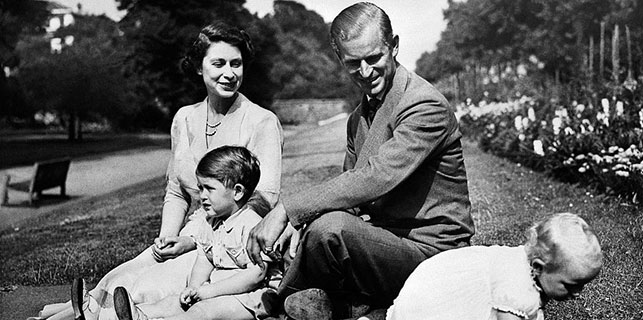Confucianism followed by ancient tribe
HOHHOT - Chinese archaeologists have found evidence of an ancient ethnic minority group following Confucianism over 1,000 years ago in north China's Inner Mongolia Autonomous Region.
Remains of Confucian temples have been found in the ruins of Shangjing, the upper capital of the Liao Dynasty (916-1125), said Dong Xinlin with the research institute of archaeology of Chinese Academy of Social Sciences.
The team of archaeologists from the Chinese Academy of Social Sciences and the Inner Mongolia archaeological institute started excavation of the site in 2011 with Dong as the team leader.
Dong said the first Confucian temple was built as early as the Khitan started building the upper capital. Besides Confucian temples, Buddhist and Taoist ones were also found at the site.
"The Khitan had an inclusive culture," he said.
The Liao Dynasty was founded by the nomadic Khitan and ruled the northern part of China. Shangjing, now located in Bairin Left Banner in Inner Mongolia, was first built in 918. The capital was the dynasty's political, economic and cultural center on the prairie for over 200 years.
The ancient capital was also found to be divided into two parts, with the Khitan living in northern part and Han Chinese people in southern part.
"This showed Khitan's respect for the Han population and its culture," said Dong.






















